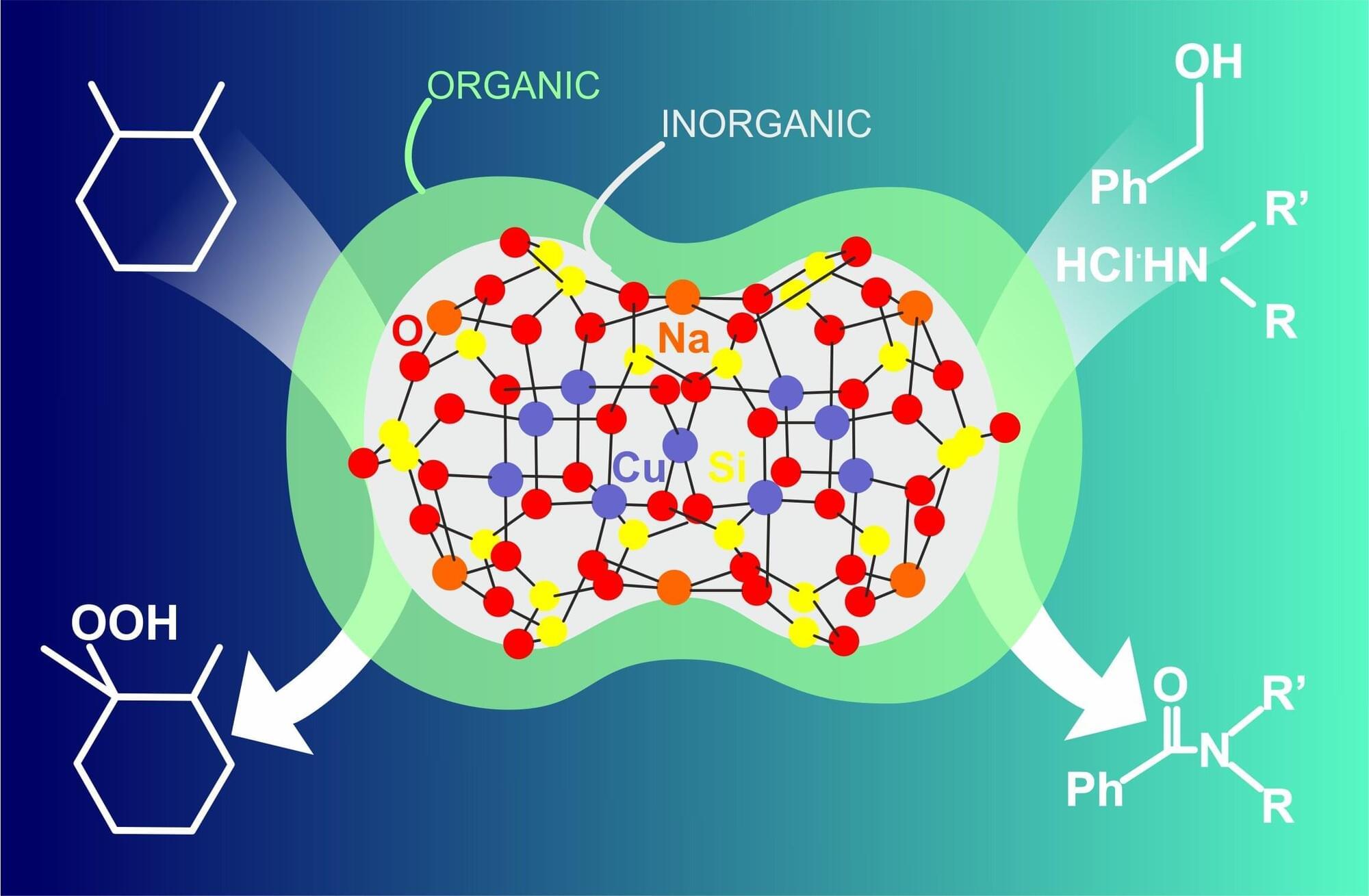RUDN chemists have synthesized metal complexes on the basis of the organoelemental substance silsesquioxane that consists of an organic and an inorganic part. Such hybrid systems may be used as efficient catalysts, for example, to obtain alcohols from alkanes. The work was published in the Inorganic Chemistry journal.
Physical and chemical parameters of any material or substance are limited and cannot be infinitely improved. So scientists work on hybrid materials that combine different components and therefore demonstrate new properties. In modern chemistry, special attention is paid to compounds that consist of metal centers and organic “bridges” that keep them together. Such objects have a number of valuable properties and may be used for industrial purposes: catalysis, storage of gases, accurate separation of mixed substances. They can also be used to create chemical sensors and agents to deliver drugs to their targets in the body.
Hybrid organoelemental substances such as silsesquioxanes consist of an inorganic main chain Si-O-Si and an organic framework of Si atoms. Compounds like this can be formed when metal atoms are added to carcass structures with promising catalytic and magnetic properties. RUDN chemists suggested a new approach to such compounds based on the use of additional complex-forming substances (ligands).
